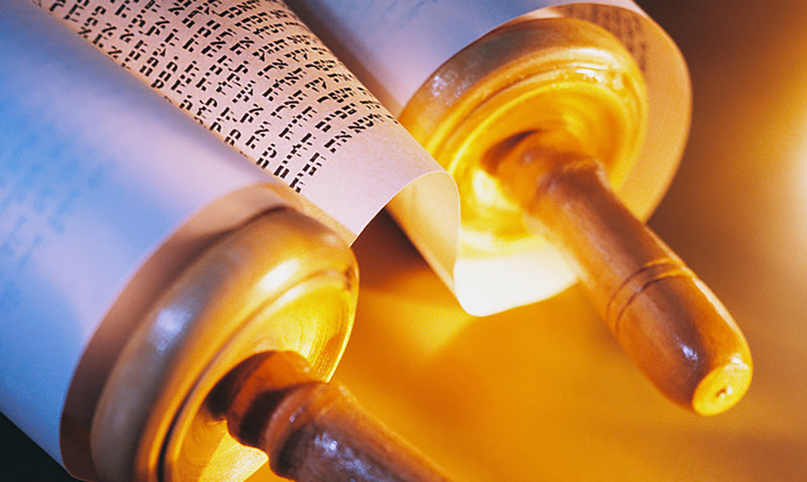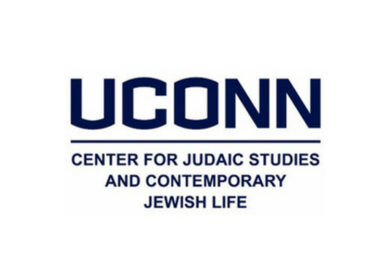
By Shlomo Riskin
In addition to their shared ideals, the symbiotic relationship between Abraham and Isaac includes a remarkable likeness in physical appearance. Interestingly, one of the consequences of their physical similarity is the basis for one of the most curious statements in the Talmud. On the verse in our portion, ”Abraham was old, well-stricken in age,”our Sages conclude that at this point in time, the symptoms of old age were introduced to the world [Talmud Bava Metzia 87a].
The reason? People seeking out Abraham would mistakenly address Isaac, and those seeking out Isaac would approach Abraham. Disturbed by the confusion, Abraham pleads for God’s mercy to make him look old, and Abraham’s plea is answered: a 120 year-old man will never again look like his 20-year-old son!
How do we understand why Abraham was so upset by this case of mistaken identities? Doesn’t every aging parent dream of remaining perpetually young?
We find the answers hidden between the lines of this teaching, in which the dialectic of the complex relationship between father and son is expressed. Despite our desire for closeness between the generations, a father must appear different from his son for two reasons.
First, it is so that he can receive the filial obligations due to him as the transmitter of life and tradition. This idea is rooted in the Biblical commandment that the younger generation honors the elder. In fact, the last will and testament of Rabbi Yehudah the Pious (12th Century Germany) forbade anyone from taking a spouse with the same first name as that of their parents. This, explained Rabbi Aharon Soloveitchik zt’l, was to avoid giving the impression that a child would ever address a parent by their first name. We may be close to our parents, but they are not to be confused with our friends.
Second, the son must appear different from his father so that the son understands his obligation to add his unique contribution to the wisdom of the past. Abraham pleads with God that Isaac’s outward appearance should demonstrate that he is not a carbon copy of his father, but rather a unique individual. After all, when Isaac becomes a patriarch himself, he will represent the trait of gevurah, that part of God’s manifestation of strength and justice that provides an important counterbalance to Abraham’s trait of hesed (loving-kindness).
Abraham, the dynamic world traveler, stands in contrast to the introspective and pensive Isaac, who never stepped beyond the sacred soil of Israel. With great insight, Abraham understood that unless the confusion in appearance ceased, Isaac might never realize the necessity of “coming into his own” and developing his own separate identity.
A Talmudic teaching of the pedagogic relationship between grandparents and grandchildren illustrates the importance of the dynamic and symbiotic relationship between the generations. Rabbi Hiya bar Abba states,”‘Whoever hears Torah from his grandchild is equivalent to having received it from Sinai”! [Kiddushin 30a] This concept reveals that the line between Sinai and the present can be drawn in both directions. Not only do grandfathers pass down the tradition to their children and grandchildren, but grandchildren pass the tradition up to their forebears.
We can glean insights into the Torah from the younger generations. Consider the fascinating Talmudic passage that describes how, when Moses ascended on high to receive the Torah from the Almighty, the master of all prophets found God affixing crowns (tagim) to the holy letters of the law [Talmud, Menahot 29b]. When Moses inquired about their significance, God answered that the day would arrive when a great sage, Rabbi Akiva, would derive laws from each twirl and curlicue.
Whereas Moses was given the fundamentals, namely the Biblical words and their crowns (corresponding to the laws and methods of explication and extrapolation), Rabbi Akiva, in a later generation, deduced necessary laws for his day, predicated upon the laws and principles that Moses received at Sinai.
This is the legitimate march of Torah that Maimonides documents in his introduction to his commentary of the Mishna, and it is the methodology by which modern-day responsa deal with issues such as electricity on the Sabbath, brain-stem death/life-support, and in-vitro fertilization, and more. The eternity of Torah demands both the fealty of the children to the teachings of the parents and the opportunity for the children to build on and develop that teaching. This duality of Sinai enhances our present-day experience.
Abraham prays for a distinctive old age to enable Isaac to develop his uniqueness. Sons and fathers are not exactly the same, even if many fathers would like to think that they are. Only if sons understand the similarity, and if fathers leave room for individuality, can the generations become truly united in Jewish eternity.
Rabbi Shlomo Riskin is chancellor emeritus of Ohr Torah Stone and chief rabbi of Efrat, Israel.







 Southern New England Jewish Ledger
Southern New England Jewish Ledger














